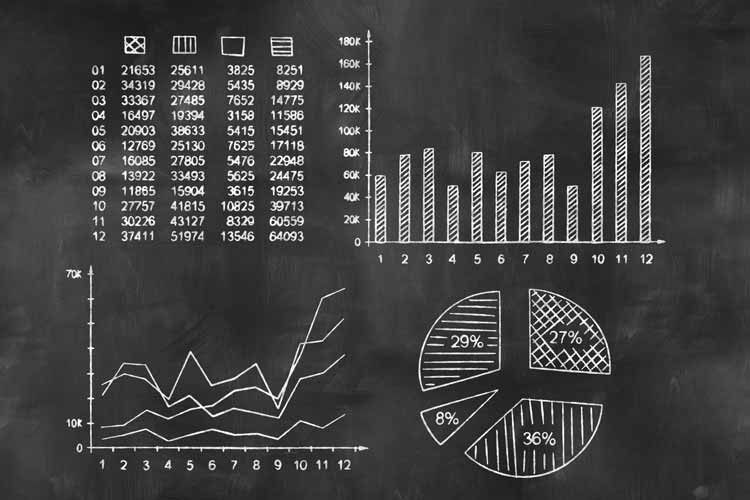
A 90/90 down day could suggest now's the time to go long, if history is any guide
U.S. stocks are
swimming in red ink this afternoon, after a
massive plunge in China sparked a global equities sell-off. Should we log a 90/90 down day on the Desmond volume/price indicator, it'd be the first since Dec. 11, according to Schaeffer's Quantitative Analyst Chris Prybal. However,
S&P 500 Index (SPX) returns following these days are notably better than anytime returns. So, is now the time to buy?
For starters, a 90/90 down day is logged
when more than 90% of the volume is down, and 9/10 stocks close lower. We saw an unprecedented stretch of these signals during the late-August swoon, preceded by signals in late June and early July.
As alluded to earlier, though, SPX average returns following a 90/90 down day are much better than normal. Since 1974, the S&P has averaged a five-day return of 0.2%, which more than triples to 0.7% after a signal. The 10-day return also roughly triples, from 0.3% anytime to 0.9% after a down day. The 21- and 63-day returns roughly double, too, to 1.6% and 4.1%, respectively. Plus, the percent-positive is higher across the board following a 90/90 down day.


At last check, the SPX is flirting with the
round-number 2,000 level, down about 44 points, or 2.1%. Earlier, the broad-market barometer touched a low of 1,989.68 -- territory not charted since mid-October. On the New York Stock Exchange and Nasdaq, decliners are outpacing advancers by about 3-to-1.